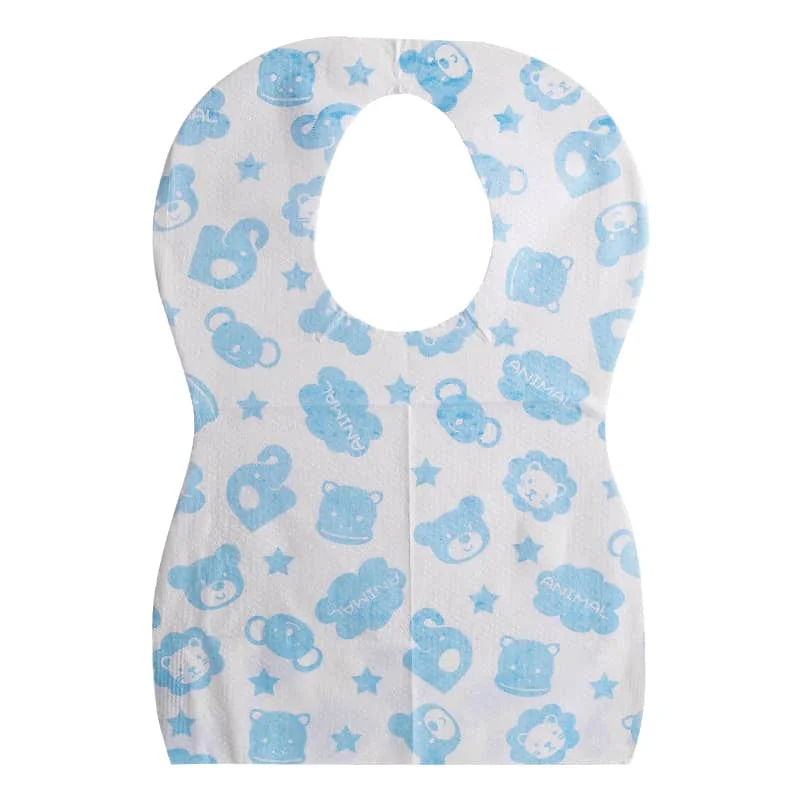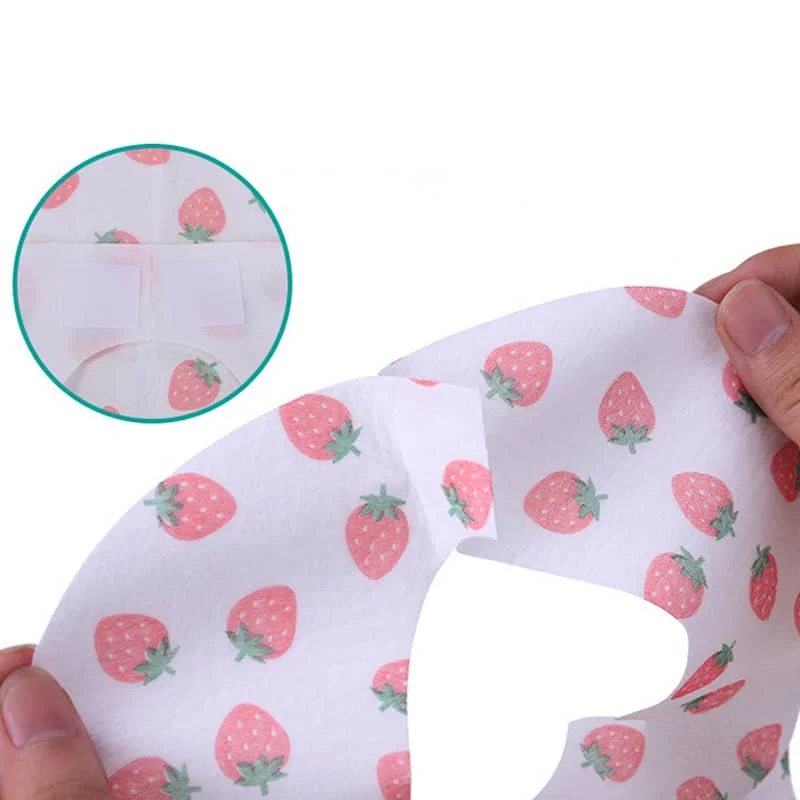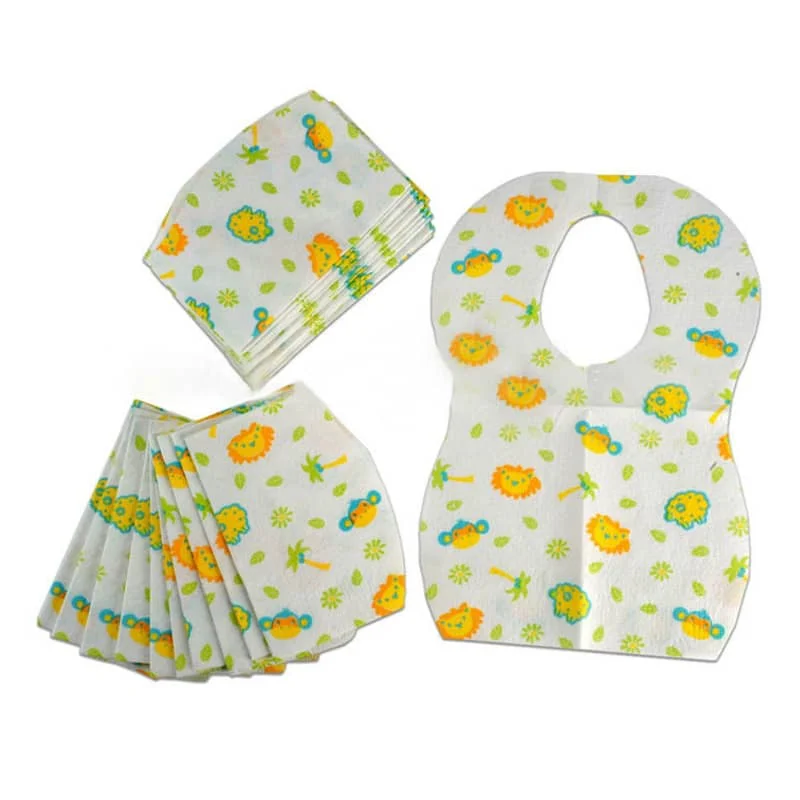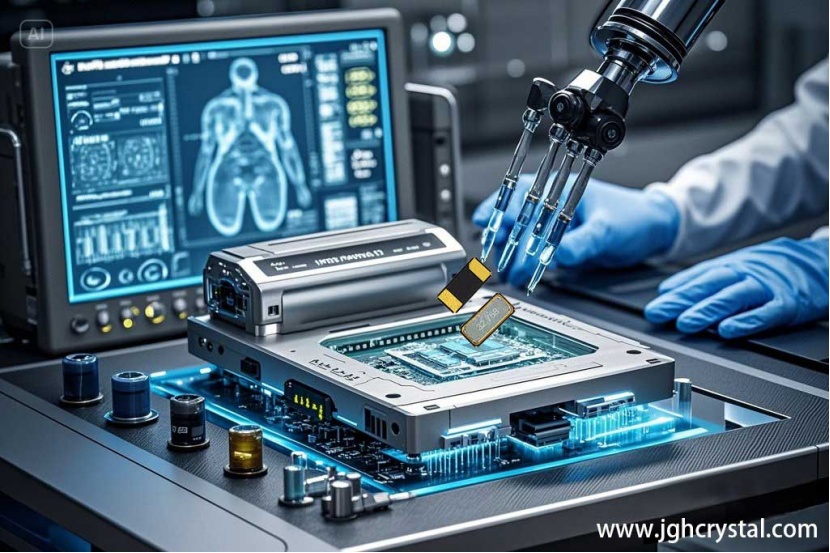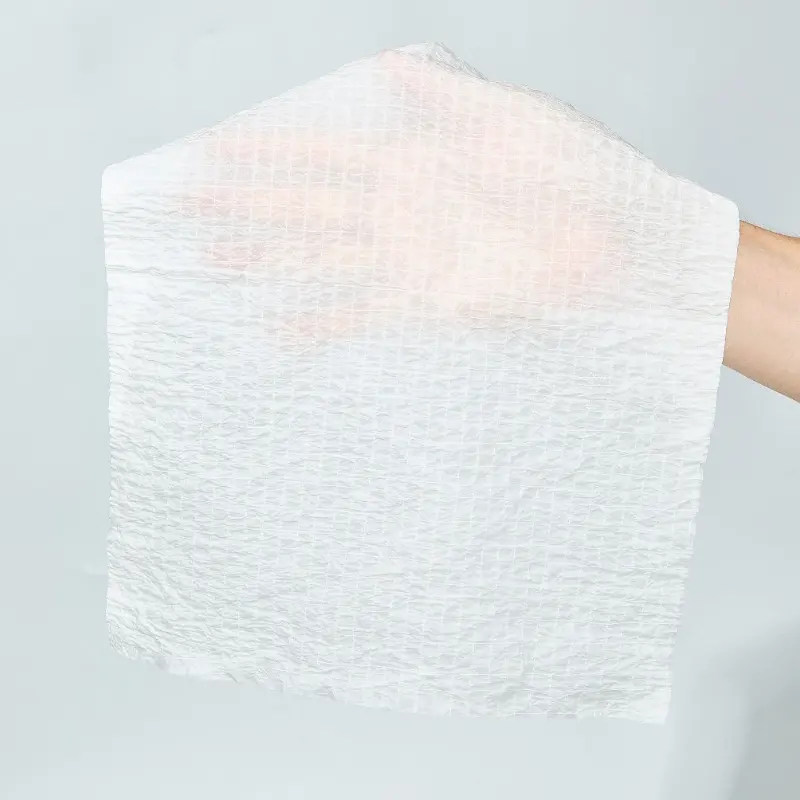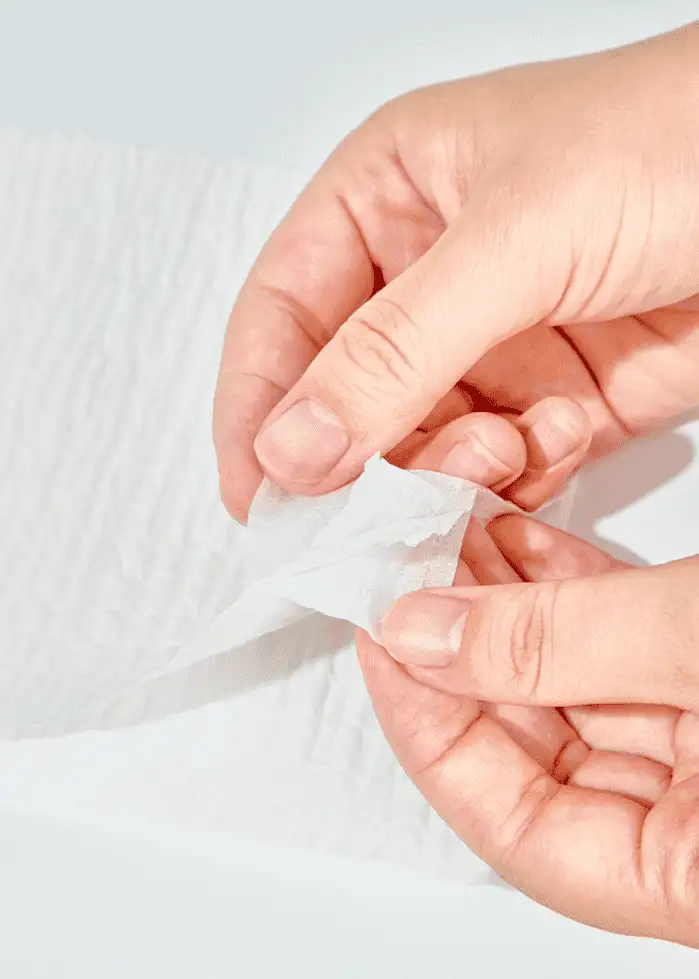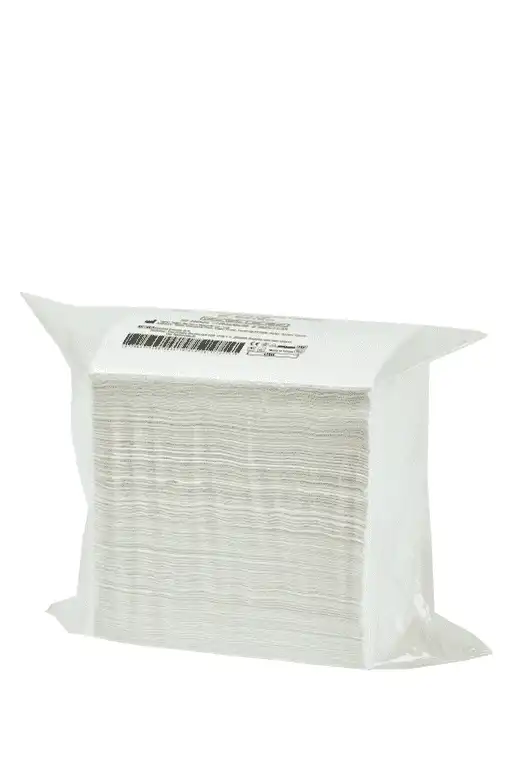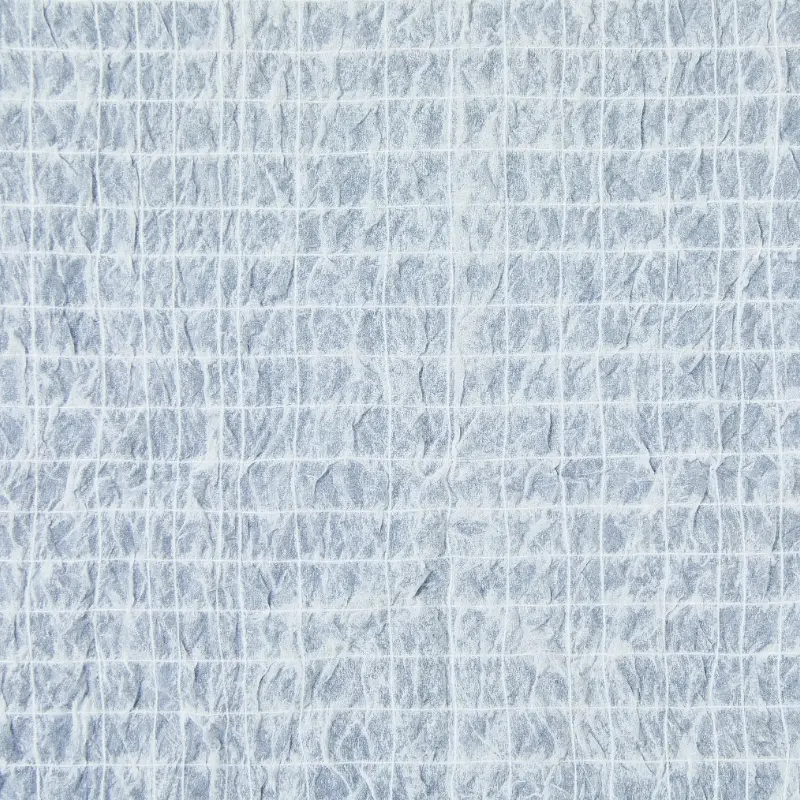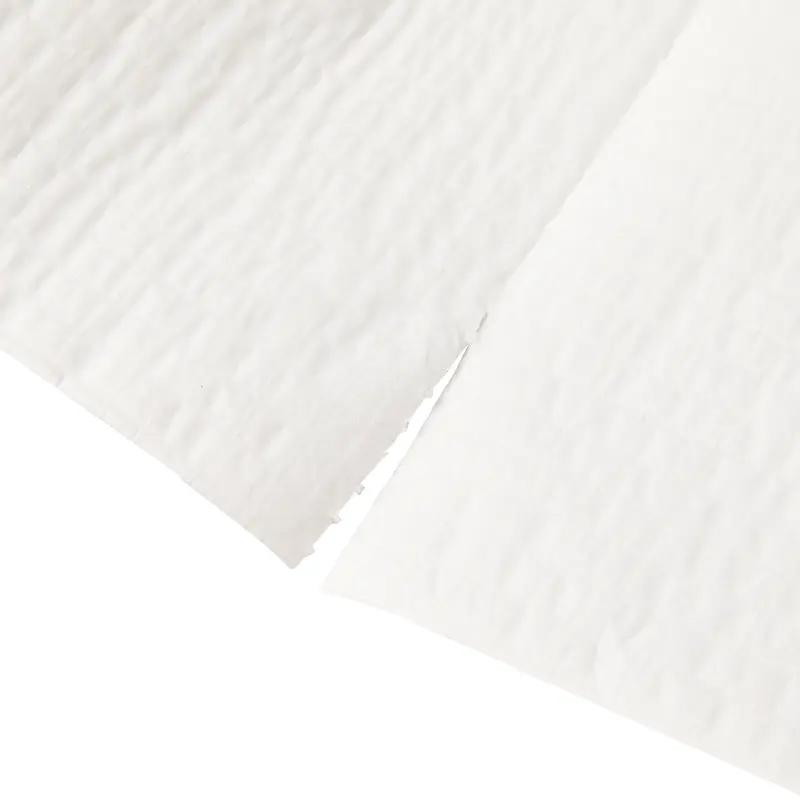Is optical coherence tomography worth it?
Optical coherence tomography (OCT) is a valuable imaging technology with diverse applications in medicine, particularly in ophthalmology and cardiology. Its utility depends on the clinical context, but here’s a comprehensive evaluation of its benefits and considerations:
Key Benefits of OCT
- Non-Invasive and Safe
- OCT uses light waves (e.g., near-infrared) instead of radiation or invasive probes, making it safer for repeated use.
- In coronary imaging (cardiology), newer FD-OCT systems eliminate the need for balloon occlusion during procedures, enhancing patient safety.
- High Resolution and Precision
- OCT provides detailed cross-sectional views of tissues, such as retinal layers or coronary artery structures, enabling early detection of pathologies like macular degeneration, glaucoma, or atherosclerotic plaques.
- It can visualize structures behind calcified tissues in coronary imaging, which traditional ultrasound struggles with.
- Rapid and Efficient
- Retinal OCT scans take 10–15 minutes, requiring minimal patient preparation and no physical contact with the eye.
- High-speed coronary OCT systems (e.g., 100 frames/second) reduce procedure time and contrast dye use.
- Versatility Across Conditions
- In ophthalmology, OCT aids in diagnosing diabetic retinopathy, macular holes, retinal detachment, and glaucoma.
- In cardiology, it helps assess coronary artery disease and stent placement.
- Support for Research and Innovation
- Open-source tools (e.g., OCTproZ on GitHub) enable advanced image processing, fostering innovation in automated disease detection and 3D modeling.

Considerations and Limitations
- Dependency on Patient Cooperation
- Patients must remain still during eye scans, which may be challenging for some individuals.
- Cost and Accessibility
- While not explicitly mentioned in the search results, OCT machines and specialized training can be expensive, potentially limiting access in resource-constrained settings.
- Need for Complementary Tests
- Retinal OCT may require additional tests (e.g., visual field analysis) for comprehensive diagnosis.
- Technical Limitations
- Pupil dilation is sometimes necessary for optimal retinal imaging.
- Image quality may vary with patient-specific factors like pupil size.

—
Conclusion: Is OCT Worth It?
Yes OCT is a worthwhile investment in clinical and research settings due to its non-invasiveness, precision, and versatility. It enhances diagnostic accuracy for conditions like glaucoma, macular degeneration, and coronary artery disease, enabling timely interventions. While cost and technical requirements are considerations, its benefits in improving patient outcomes and supporting cutting-edge research (e.g., AI-driven image analysis via GitHub tools) make OCT a valuable tool in modern medicine.
For specific use cases, consult specialists to weigh its advantages against institutional resources and patient needs.
Also welcome to contact us, we are ZD Medical Inc.
Tel : +86-187 9586 9515
Email : sales@zd-med.com
Whatsapp/Mobile : +86-187 9586 9515
